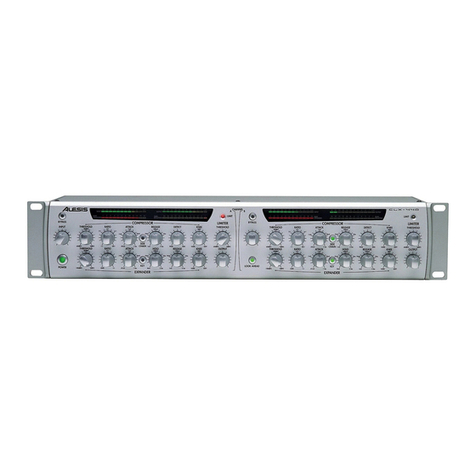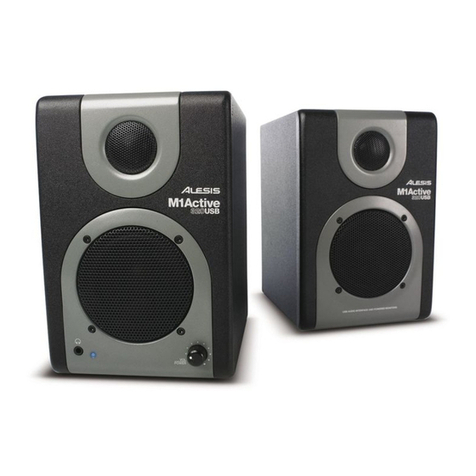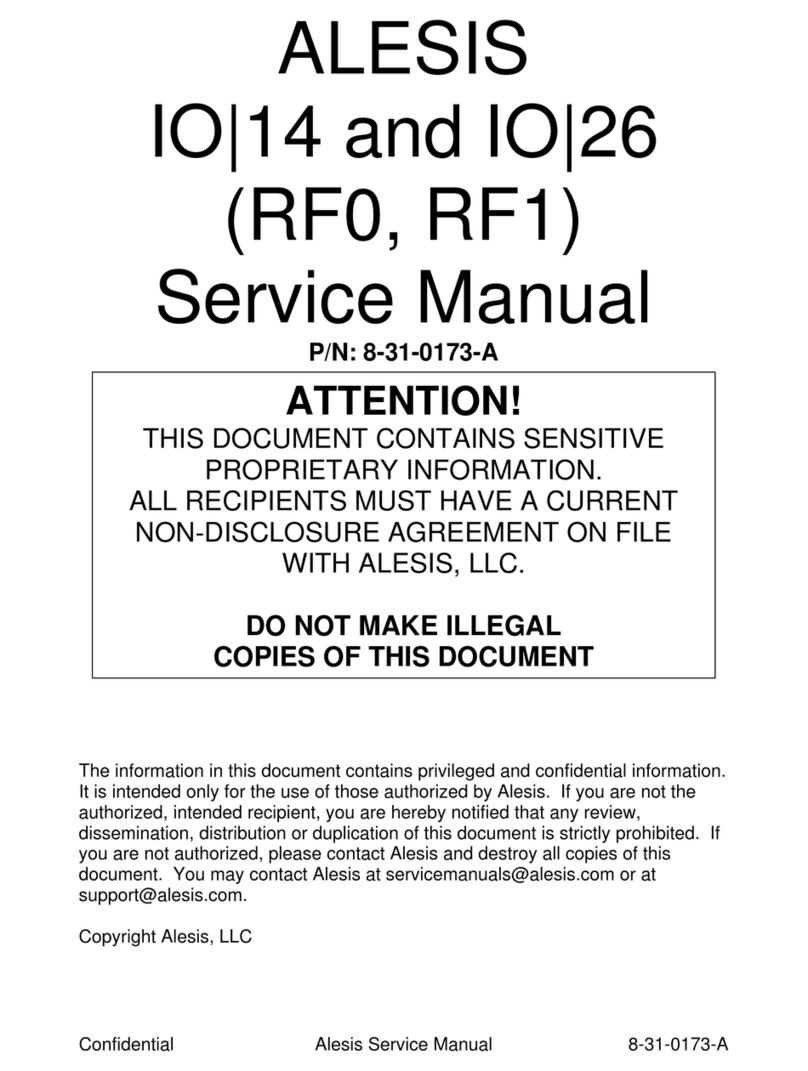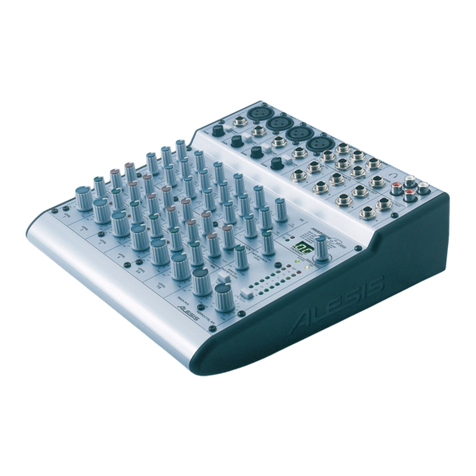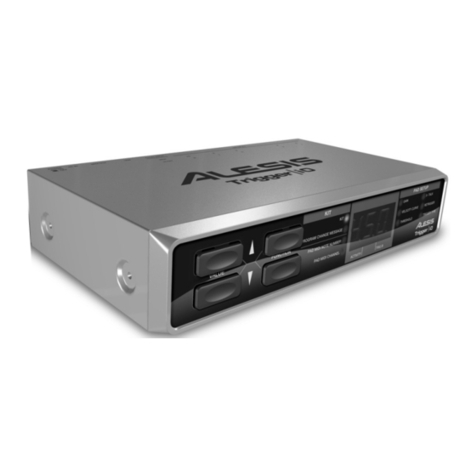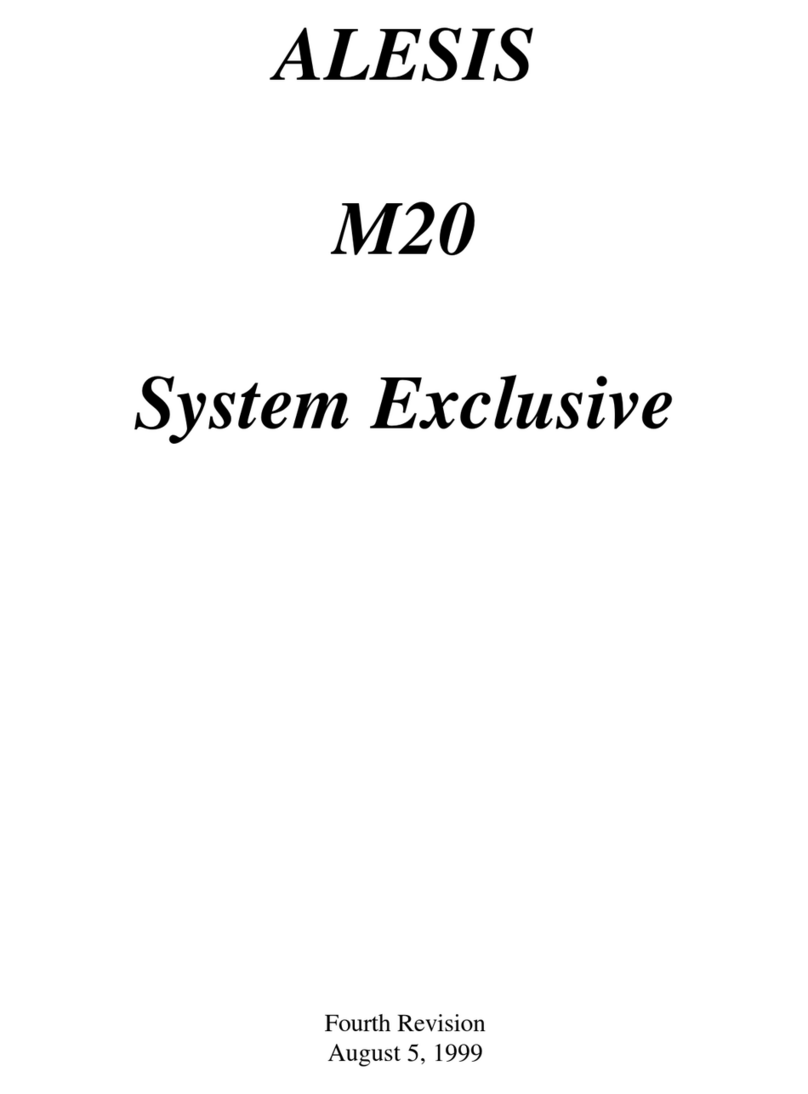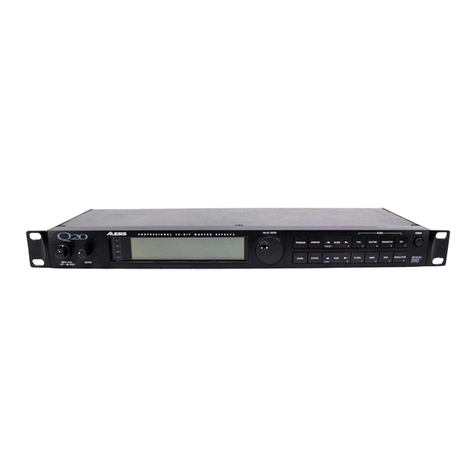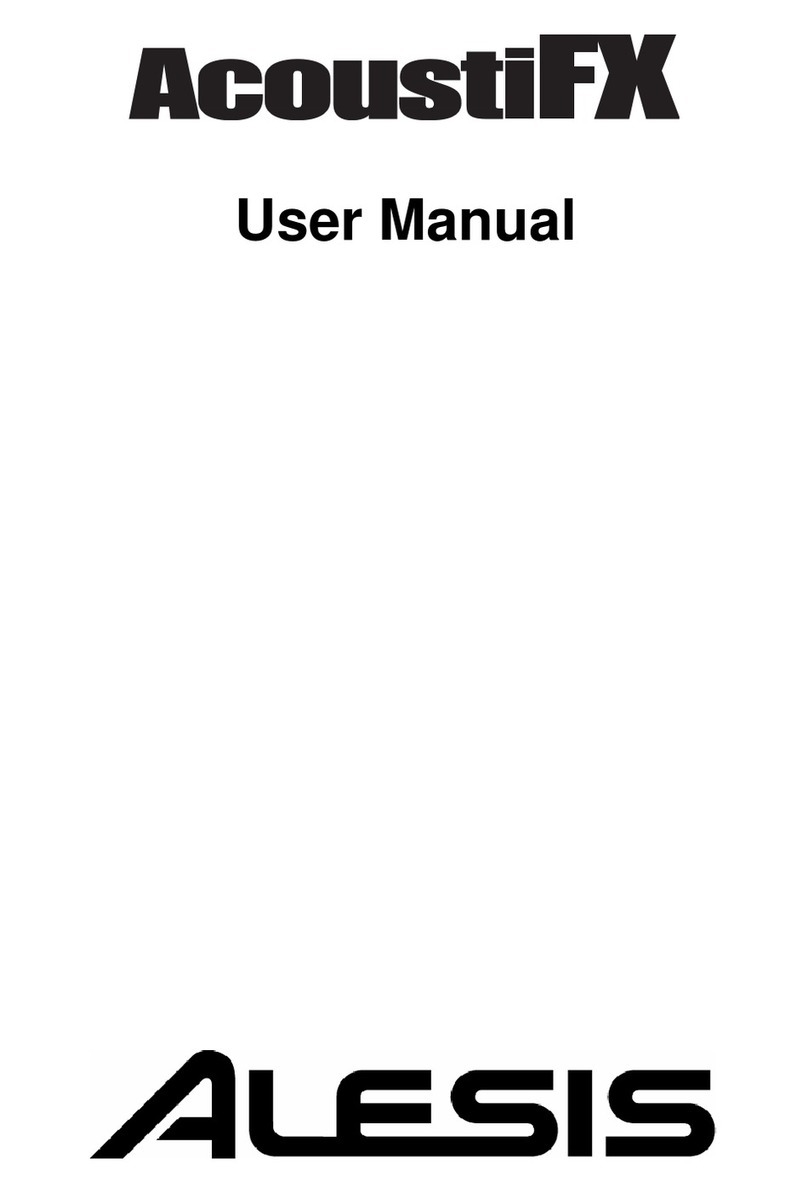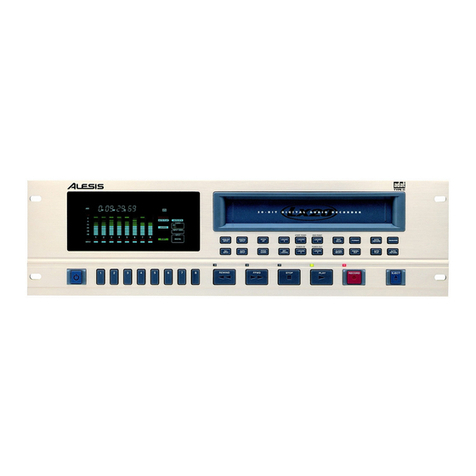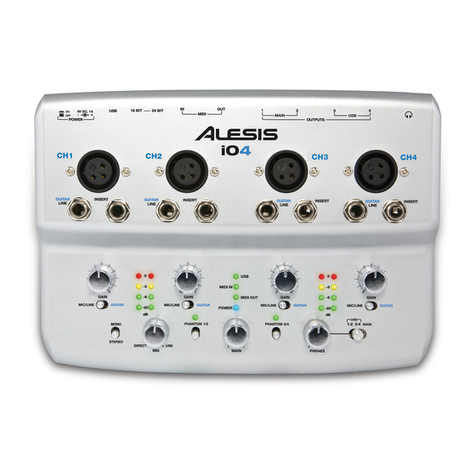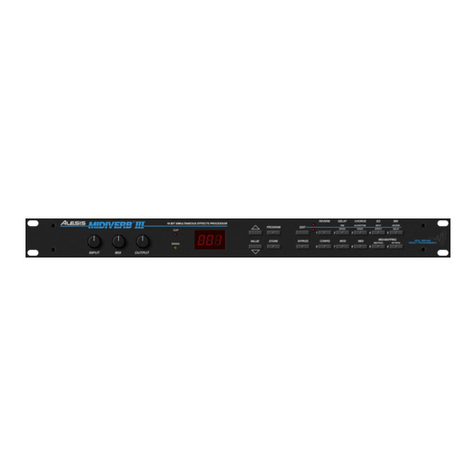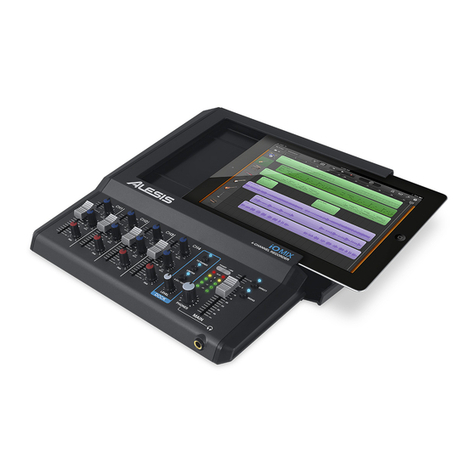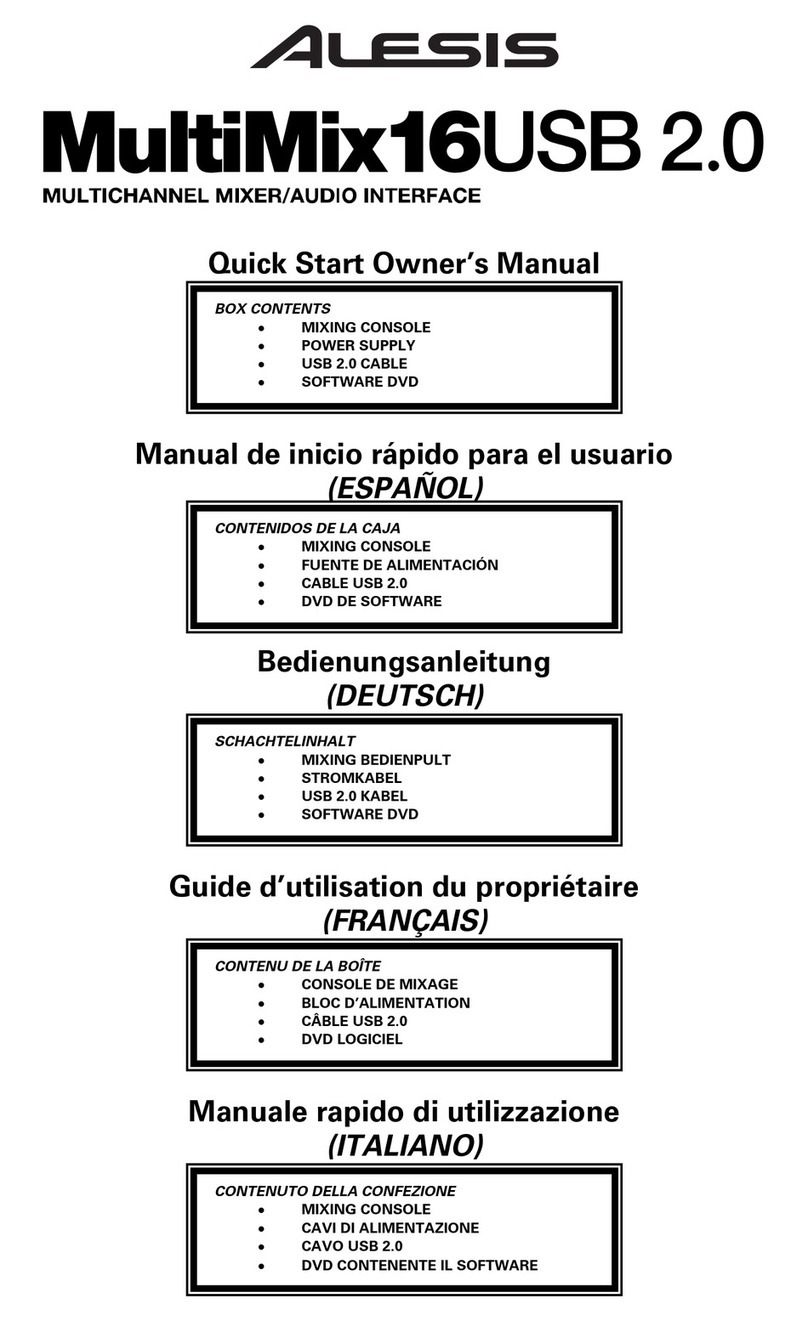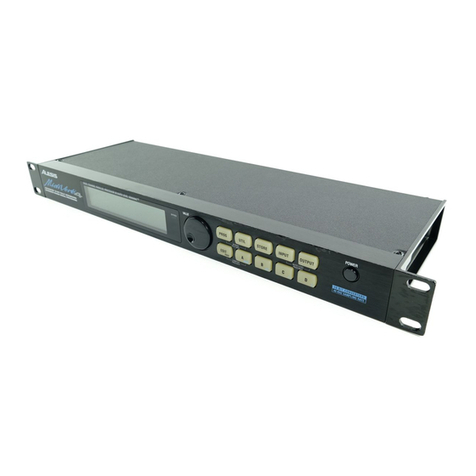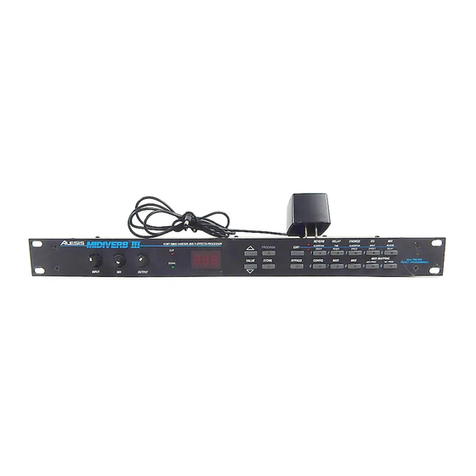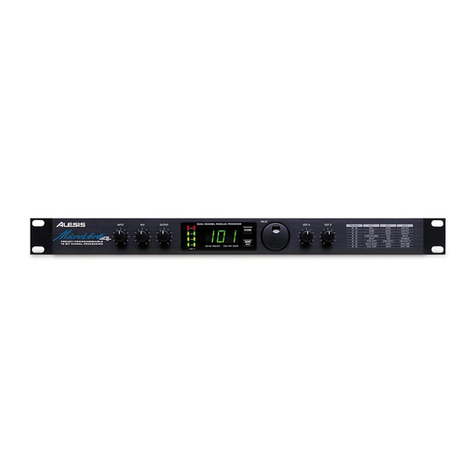Table Of Contents
2
Pitch Effects 19 -29 ...........................................................31
19 PHASOR 1...............................................................................................31
20 PHASOR 2...............................................................................................31
21 AUTOPHAZ...........................................................................................32
22 FLANGER...............................................................................................32
23 INV FLANGER.....................................................................................32
24 DUAL TRANSPOSER..........................................................................32
25 STEREO DETUNE..............................................................................33
26 FREQUENCY SHIFT..........................................................................33
27 CHORUS..................................................................................................33
28 VIBRATO .................................................................................................33
29 VIBRO-WOBBLE...................................................................................33
Filter Effects 30 -38 ...........................................................34
30 BAND LIMIT .........................................................................................34
31 LP BP HP...............................................................................................34
32 LFO LP....................................................................................................34
33 AUTOWAH .............................................................................................35
34 FORMANTS ...........................................................................................35
35 SAMPLED BPF......................................................................................35
36 RESONATOR.........................................................................................35
37 VOCO-BEND.........................................................................................36
38 VOCODER..............................................................................................36
Distortion Effects 39 -43 ...................................................36
39 RECORD NOISE..................................................................................36
40 TAPE SATURATOR.............................................................................36
41 FUZZ ........................................................................................................36
42 DECIMATOR.........................................................................................37
43 GRINDER...............................................................................................37
Miscellaneous Effects 44 -49............................................37
44 RING MODULATOR..........................................................................37
45 RMS LIMITER .......................................................................................37
46 SUB BASS.................................................................................................38
47 TREMOLO..............................................................................................38
48 AUTOPAN...............................................................................................38
49 VOCAL CANCEL ..................................................................................38
Chapter Five: MIDI ..........................................39
MIDI Program Change................................................................................39
Setting the MIDI Channel............................................................................39
“Soft” MIDI Thru.........................................................................................39
Using MIDI Continuous Controllers.........................................................40
Chapter Six: Troubleshooting .......................41
Specifications....................................................43
Warranty/Contact Alesis .................................45
Program Chart..................................................47
